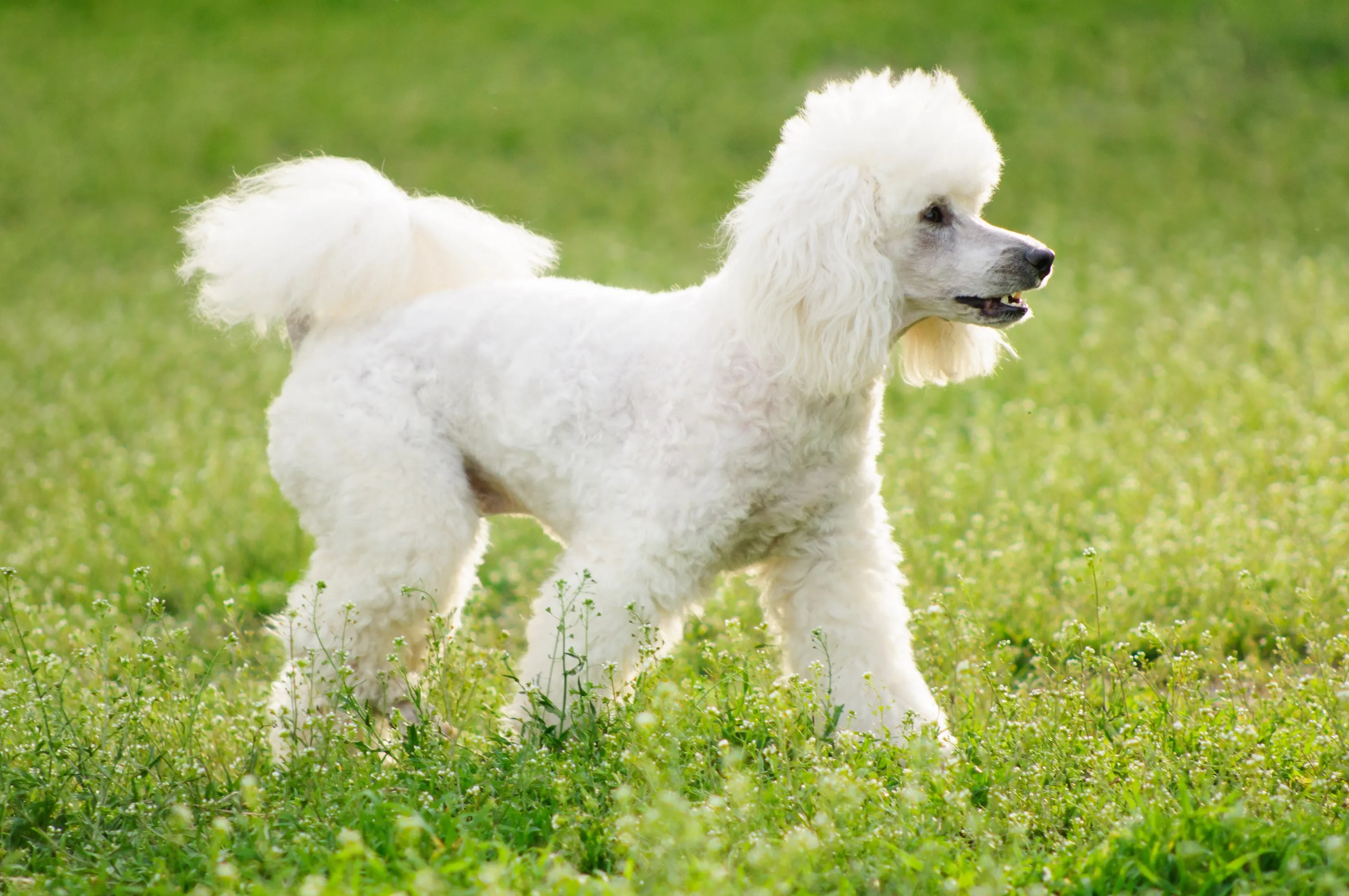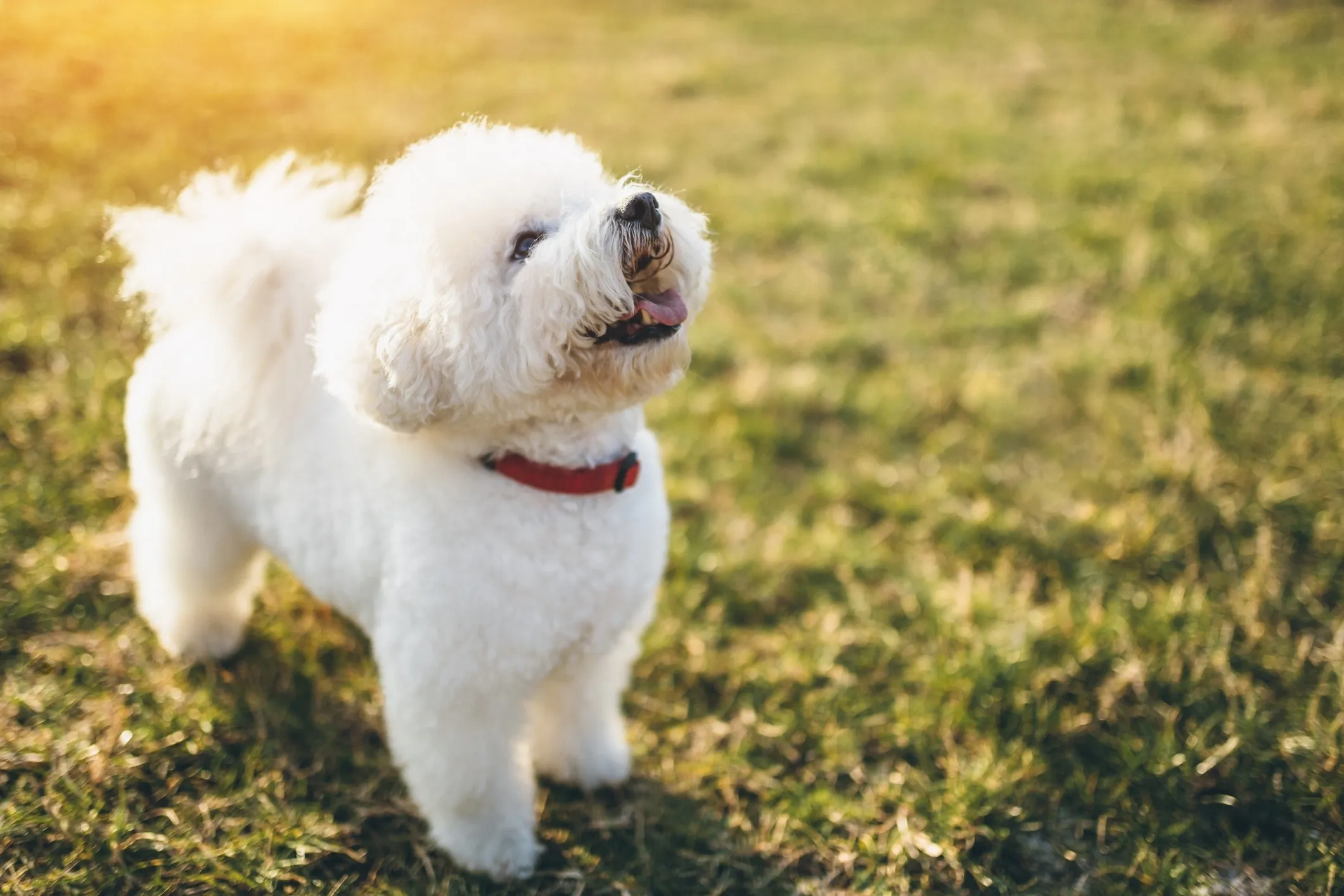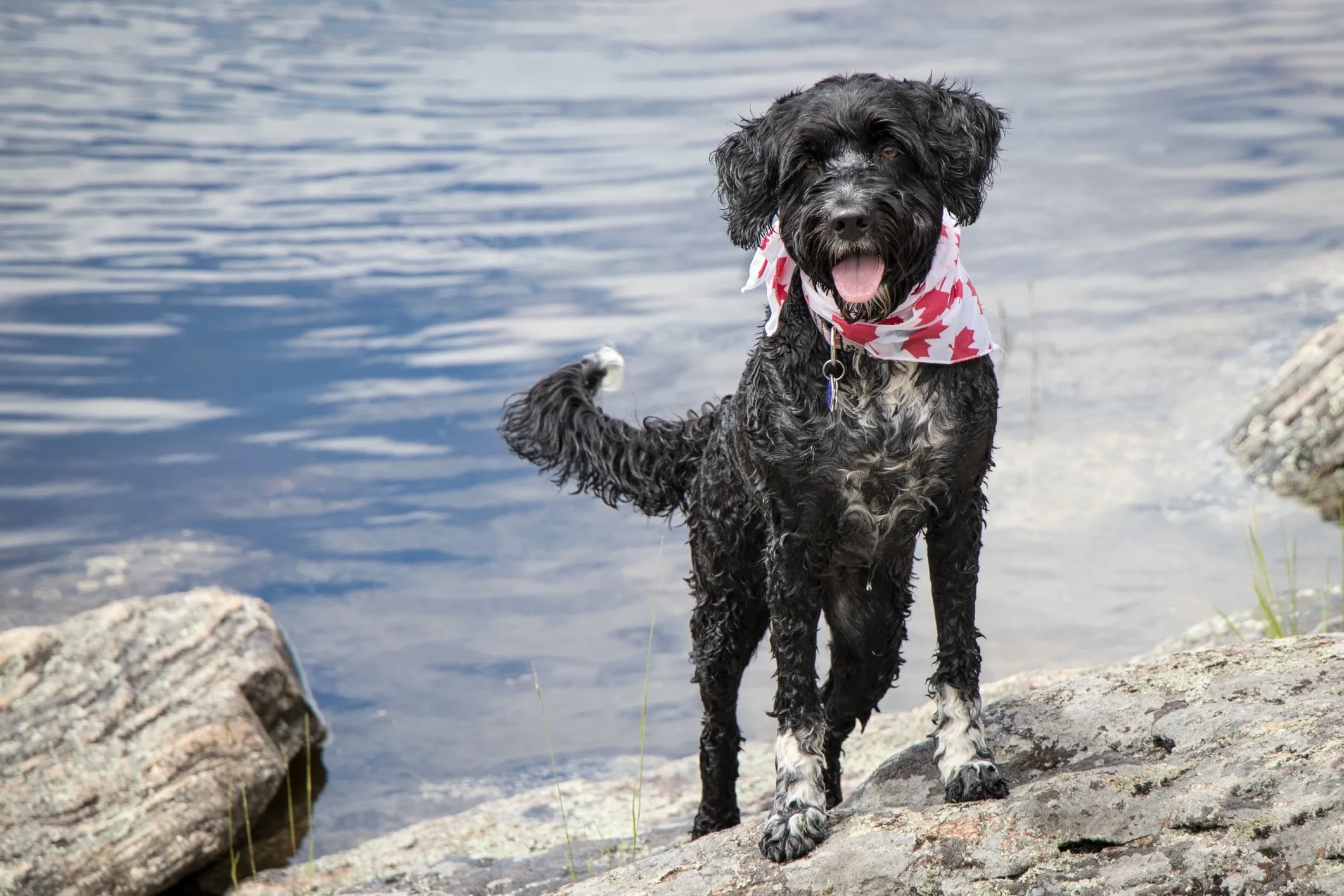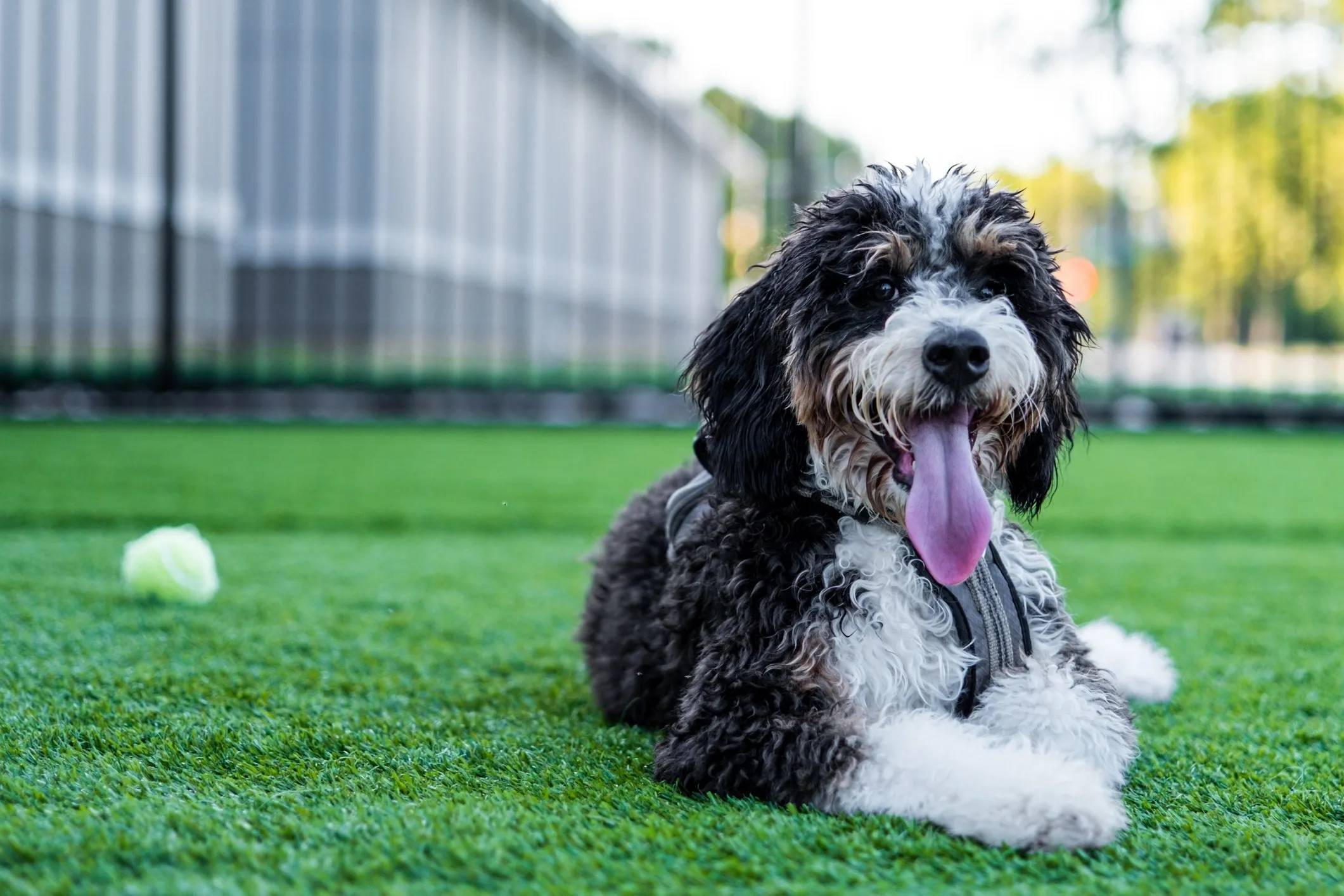For many dog lovers, the dream of welcoming a furry friend into their home can be complicated by allergies. The constant battle with sneezing, itching, and watery eyes often leads to the question: are there truly dogs that don’t shed and are hypoallergenic? At Dog Care Story, we understand this challenge and are dedicated to helping you find the perfect canine companion. While no dog is entirely allergen-free, certain breeds are significantly better suited for individuals with allergies due to their unique coat types and lower dander production.
This comprehensive guide explores the concept of hypoallergenic dogs, delves into their characteristics, and highlights a wide array of breeds that fit this description, offering hope and practical advice for allergy sufferers seeking the joy of dog ownership.
Understanding Hypoallergenic Dogs
The term “hypoallergenic” in dogs refers to breeds that are less likely to trigger allergic reactions in sensitive individuals. It’s crucial to understand that all dogs produce allergens. These allergens are primarily found in their dander (dead skin cells), saliva, and urine. Hypoallergenic breeds are typically those that shed minimally or have coats that trap dander more effectively, preventing it from scattering into the environment.
This doesn’t mean they don’t produce allergens at all. Instead, the allergens they do produce are less likely to become airborne or cling to surfaces, making them more manageable for people with mild to moderate allergies. For individuals with severe allergies, even these breeds might present challenges.
Top Breeds for Allergy Sufferers: Dogs That Don’t Shed and Are Hypoallergenic
When searching for a dog that doesn’t shed and is hypoallergenic, many breeds stand out. These dogs often have distinctive coat types – from curly to wiry – that require specific grooming routines but offer the significant benefit of reduced allergen exposure.
1. Poodle (Standard, Miniature, Toy)
The Poodle is perhaps the most well-known hypoallergenic breed. Their dense, curly coat sheds very little, trapping dander and saliva. Poodles are also highly intelligent and trainable. Regular professional grooming or diligent home grooming is essential to prevent matting. The different sizes offer options for various living spaces and preferences.
 White poodle walking through grass
White poodle walking through grass
2. Yorkshire Terrier
Yorkshire Terriers, or “Yorkies,” are small dogs with silky, fine hair that resembles human hair more than typical dog fur. They shed minimally, making them a popular choice for allergy sufferers. Despite their small size, they possess a bold and affectionate personality, thriving on companionship.
3. Shih Tzu
An ancient companion breed, the Shih Tzu boasts a long, flowing coat that sheds very little. Their dense hair can trap allergens effectively. However, their characteristic flat face means they can be prone to overheating and breathing issues, requiring careful monitoring. Regular brushing is vital to keep their coat free of tangles.
 Brown and white Shih Tzu lying on a living room floor
Brown and white Shih Tzu lying on a living room floor
4. Schnauzer (Miniature, Standard, Giant)
Schnauzers, in all their sizes, are known for their wiry double coat that sheds minimally. This coat type requires regular grooming, including hand-stripping for optimal results, which helps remove dead hair and reduces allergen spread. They are intelligent, spirited, and make excellent companions.
5. Bichon Frise
The Bichon Frise is a small, cheerful dog with a fluffy, white, curly coat that is very low-shedding. This breed is known for its playful and affectionate nature. Consistent grooming is necessary to maintain their signature puffball look and prevent their coat from becoming matted.
 White Bichon Frise dog looking up in the grass
White Bichon Frise dog looking up in the grass
6. Portuguese Water Dog
As their name suggests, these dogs were historically used by Portuguese fishermen. Their thick, curly coat is highly water-resistant and sheds very little. Portuguese Water Dogs are energetic, intelligent, and love to be active, making them ideal for owners who enjoy outdoor activities. Their coat requires regular brushing and occasional professional grooming.
 Black and white Portuguese Water Dog wearing a red maple leaf bandana in front of water
Black and white Portuguese Water Dog wearing a red maple leaf bandana in front of water
7. Labradoodle
A crossbreed between a Labrador Retriever and a Poodle, the Labradoodle was initially developed to be a hypoallergenic guide dog. Their coat can vary but often resembles the Poodle’s low-shedding, curly or wavy texture. They are known for their friendly, intelligent, and eager-to-please nature, making them great family pets.
8. Goldendoodle
Similar to the Labradoodle, the Goldendoodle is a cross between a Golden Retriever and a Poodle. They inherit the Poodle’s low-shedding coat, making them a good option for allergy sufferers. Goldendoodles are highly intelligent, friendly, and possess a gentle disposition, fitting well into family environments. Regular grooming is essential to manage their coat.
 Goldendoodle lying on a couch with a person sitting in the background
Goldendoodle lying on a couch with a person sitting in the background
9. Soft Coated Wheaten Terrier
This Irish breed has a unique, silky, soft coat that sheds minimally. Wheatens are known for their high energy levels and playful, happy-go-lucky demeanor. Their coat requires consistent brushing to prevent matting and tangles.
10. Coton de Tulear
Originating from Madagascar, the Coton de Tulear has a soft, cotton-like coat that sheds very little. These small dogs are known for their cheerful and gentle nature, making them excellent companions for families with children and other pets. Regular grooming is needed to maintain their pristine white coat.
11. Schnoodle
A delightful mix of a Schnauzer and a Poodle, the Schnoodle inherits the low-shedding qualities of both parent breeds. Their coat can range from curly to wavy, and they are known for their intelligence, affection, and playful spirit.
12. Bernedoodle
The Bernedoodle, a cross between a Bernese Mountain Dog and a Poodle, is a larger hypoallergenic breed. They are known for their affectionate, gentle, and friendly nature, making them wonderful family pets. Their low-shedding coat requires regular grooming.
 Large Bernedoodle dog lying in grass with his tongue out
Large Bernedoodle dog lying in grass with his tongue out
13. Afghan Hound
Despite their magnificent, flowing coat, Afghan Hounds shed very little. Their long, fine hair requires significant grooming to prevent tangles and matting. These elegant dogs are known for their independent and dignified nature, but they thrive on affection from their families.
14. Chinese Crested
The Chinese Crested is unique for its hairless body, though they do have tufts of hair on their head, tail, and paws. This hairless quality makes them a top choice for allergy sufferers. They are playful, alert, and devoted companions.
15. Maltese
The Maltese is a small, ancient breed renowned for its luxurious, floor-length white coat. This coat sheds minimally and is often kept trimmed for easier maintenance. Maltese dogs are affectionate, gentle, and make wonderful lap dogs.
 Woman holding a white Maltese dog on a bed
Woman holding a white Maltese dog on a bed
16. Bolognese
These Italian dogs are known for their fluffy, cotton-like white coats that are virtually non-shedding. Bolognese are playful, affectionate, and tend to bond closely with their families, fitting well into various living situations.
17. Irish Water Spaniel
The Irish Water Spaniel boasts a dense, curly, waterproof coat that sheds very little. They are active, intelligent dogs that excel in water-based activities. Regular brushing is necessary to keep their unique coat in good condition.
18. Xoloitzcuintli (Mexican Hairless Dog)
As the name suggests, the Xoloitzcuintli is a hairless breed, making them an excellent choice for individuals with dog allergies. They are loyal, calm, and make devoted companions. They come in three sizes, offering flexibility for different lifestyles.
19. Whoodle
A cross between a Soft-Coated Wheaten Terrier and a Poodle, the Whoodle possesses a soft, wavy or curly coat that sheds very little. They inherit the intelligence and affectionate nature of both parent breeds, making them delightful family pets.
20. Bedlington Terrier
Often described as resembling a lamb, the Bedlington Terrier has a distinctive curly coat that sheds minimally. They are known for their independent yet affectionate personalities and can develop separation anxiety if left alone for extended periods. Regular grooming, including clipping, is necessary.
 White Bedlington Terrier running through snow
White Bedlington Terrier running through snow
Essential Tips for Living with a Hypoallergenic Dog
Welcoming a dog that doesn’t shed and is hypoallergenic into your home requires a commitment to specific care routines to maximize allergen control:
- Consistent Grooming: Regular brushing, bathing, and professional grooming are paramount. These practices help remove loose hair, dander, and saliva before they can spread. Consider using specialized shampoos designed to reduce dander.
- Home Maintenance: Keep your living space clean. Frequent vacuuming (with a HEPA filter vacuum), dusting, and washing of bedding will significantly reduce airborne allergens. Air purifiers can also be beneficial.
- Hygiene Practices: While these dogs shed less, their saliva and urine still contain allergens. Wash your hands after petting your dog, and discourage them from licking your face.
- Consult Your Doctor: If you have allergies, it’s vital to discuss management strategies with your healthcare provider. They can offer advice on medications, treatments, and ways to minimize your exposure to allergens.
Conclusion
Finding a dog that doesn’t shed and is hypoallergenic opens up a world of possibilities for individuals and families who have previously been unable to experience the joy of dog ownership due to allergies. While the term “hypoallergenic” is not a guarantee of zero allergic reactions, the breeds listed above offer significantly reduced allergen shedding. By understanding their specific needs, particularly regarding grooming and a clean environment, you can create a harmonious living situation and welcome a loving, allergy-friendly companion into your life. Remember, thorough research and potentially spending time with specific breeds before adoption are key steps to ensuring a successful match.
References
- Niehs.nih.gov. (n.d.). Allergens: Pets. National Institute of Environmental Health Sciences. https://www.niehs.nih.gov/health/topics/agents/allergens/pets/index.cfm
- PetMD. (n.d.). Hypoallergenic Dogs. https://www.petmd.com/dog/general-health/hypoallergenic-dogs
